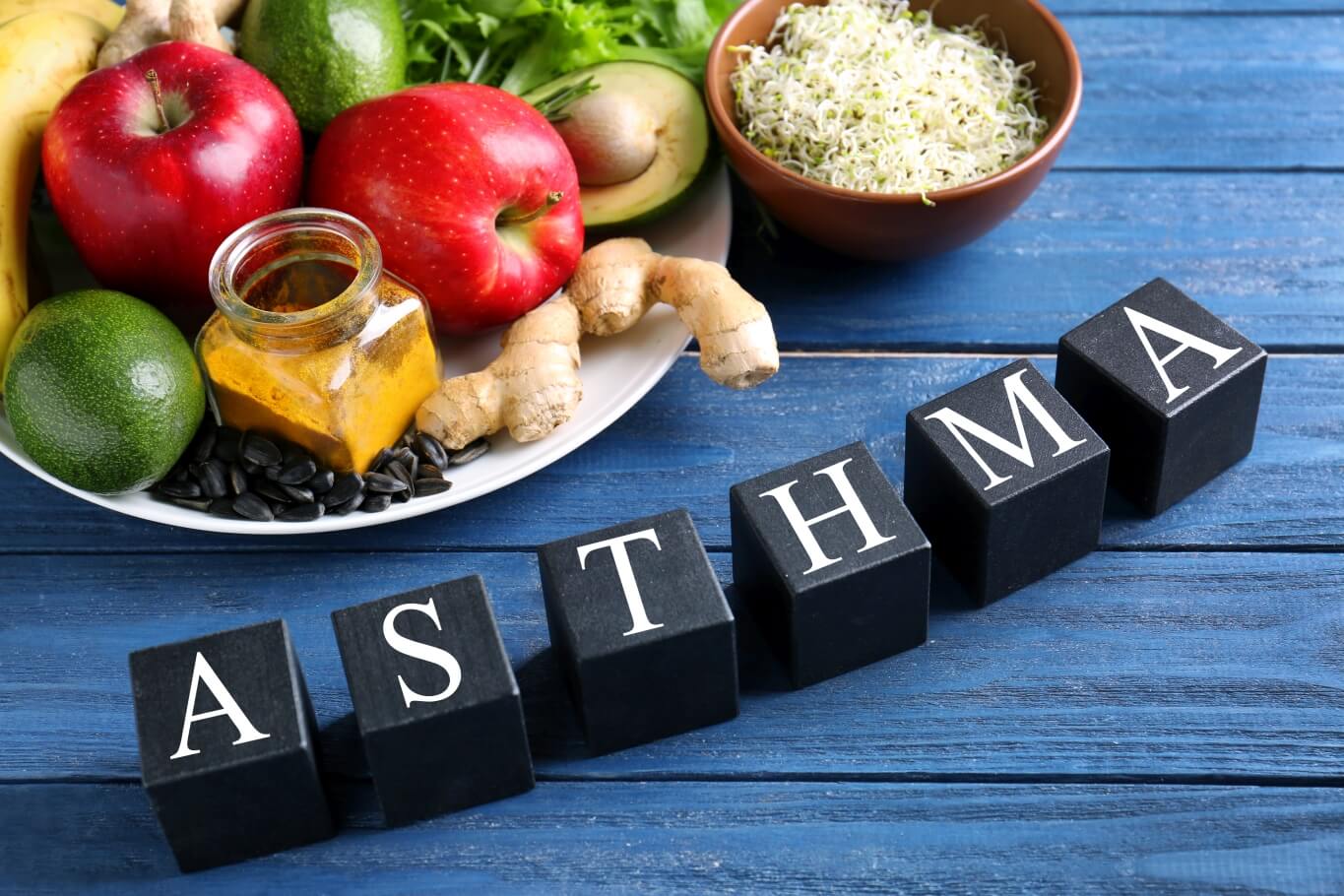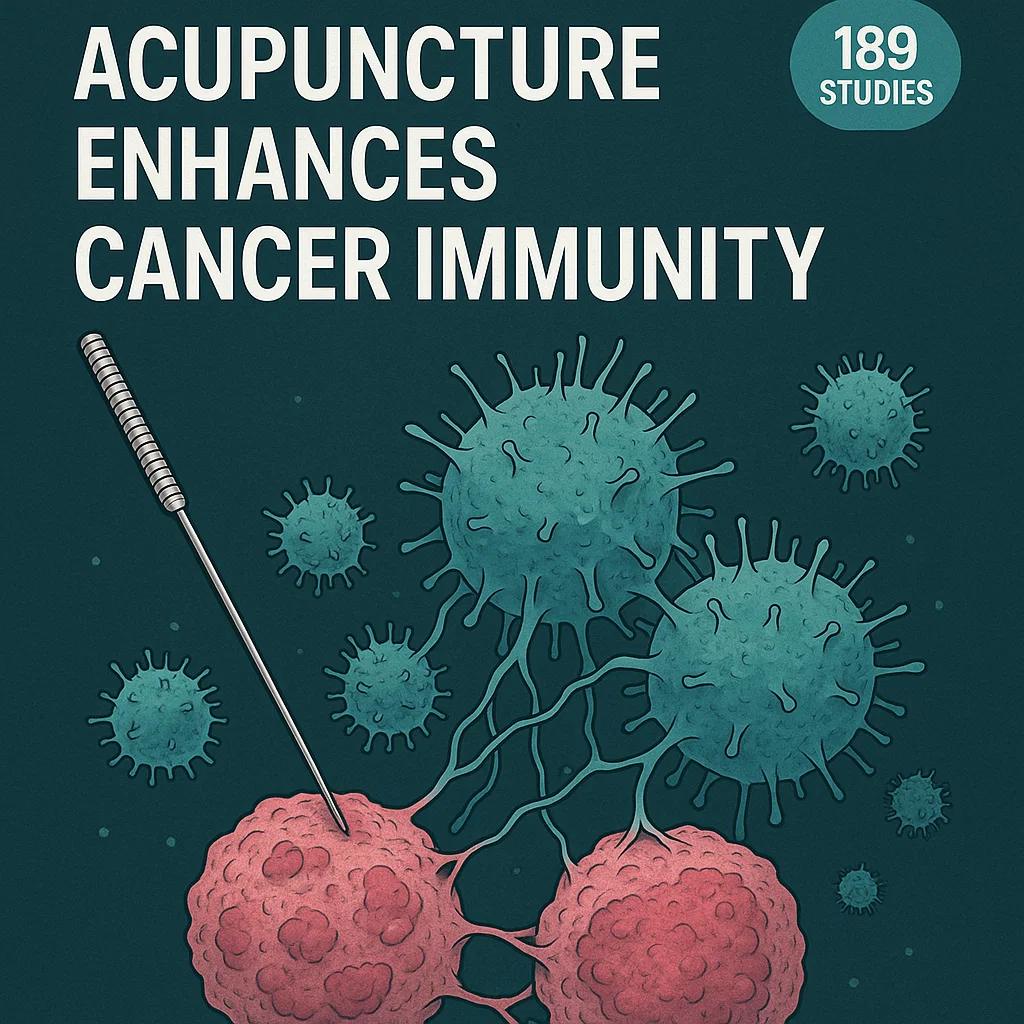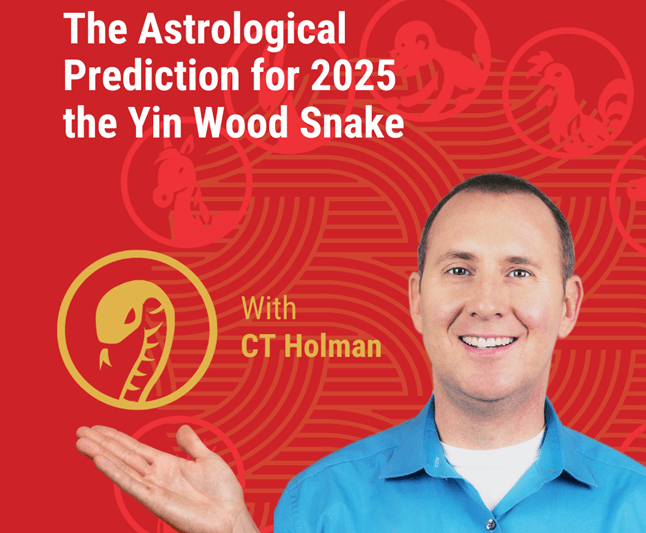Allergic Asthma
By Giovanni Maciocia
This article is dedicated to the discussion of allergic asthma and especially that in children and young people. Asthma is a general term that may refer to quite different diseases, and, in my practice, I make a distinction between allergic and non-allergic asthma. I make this distinction because I believe that the Chinese theory of Xiao (Wheezing) and Chuan (Breathlessness) can be used to treat non-allergic asthma but not allergic asthma. I believe the aetiology and pathology of allergic asthma to be different from those of Xiao and Chuan. Also, I find that the theory of Xiao and Chuan does not explain the pathology of atopy and the association between allergic asthma and atopic eczema. In this, I differ from all modern Chinese books that translate Xiao-Chuan as asthma (without specifying whether they describe allergic or non-allergic asthma).
In this article, I will concentrate on the treatment of allergic asthma (also called early-onset or extrinsic asthma) in atopic individuals. The incidence of allergic asthma (and of eczema, which is associated with it) has steadily increased in industrialized countries in the past decades, and both morbidity and mortality are increasing. In the UK, 12% of children are diagnosed with asthma. There is no doubt that the incidence of asthma is increasing. For example, in the UK, it affected from 2% to 4% of children in 1979 and 12% in 1996; in South Wales, asthma in children doubled in 15 years; in Aberdeen between 1964 and 1989 the diagnosis of asthma increased by 2 times.
In the USA, 20 million people (of whom 5 million are children) are estimated to suffer from asthma. There are 20 million outpatient visits per year and 500,000 hospitalizations per year. In a study conducted in Scotland, it was found that in 1972-6, the incidence of asthma and allergic rhinitis in adults was 3% and 5.8% respectively; in 1996, they were 8.2% and 19.9% respectively. Therefore in 20 years, the incidence of asthma nearly trebled and that of allergic rhinitis more than trebled.
Since allergic asthma is a modern disease, when formulating a pathology and treatment of allergic asthma, the question arises: to which Chinese disease category does allergic asthma correspond to? Allergic asthma is a well-defined disease with very specific and characteristic aetiology and pathology. To diagnose and treat it appropriately with Chinese medicine, we must identify the symptom to which it most closely corresponds in the Chinese framework. All Chinese medicine textbooks, whether Chinese or Western, say that asthma corresponds to the symptom of Xiao-Chuan as defined in Chinese medicine.
I propose that:
- Xiao (Wheezing) and Chuan (Breathlessness) are two separate symptoms;
- Allergic asthma does not correspond to either of them (although it is somewhat closer to Xiao than to Chuan) and the identification of patterns and treatment of Xiao or Chuan cannot be applied to allergic asthma.
CONNECTIONS AND DIFFERENCES BETWEEN EARLY-ONSET ALLERGIC ASTHMA AND XIAO- CHUAN
A. AETIOLOGY
It will be remembered that the main aetiological factors mentioned in the theory of Wheezing (Xiao) and Breathlessness (Chuan) are:
- external pathogenic factors
- diet
- emotional problems
- fatigue, chronic illness and excessive sexual activity.
Let us now examine each of these aetiological factors in relation to allergic asthma and also any gaps in the traditional aetiology of Xiao-Chuan
i. Atopy
A fundamental gap in the traditional theory of Xiao-Chuan is that it has no concept of allergy and atopy as an aetiological factor in asthma, though early-onset asthma is so clearly related to an allergic immune hypersensitivity. A few modern Chinese books briefly refer to the allergic nature of asthma but they still apply the theory of Xiao- Chuan for its treatment.
ii. External pathogenic factors
Most books say that asthma attacks are elicited by invasion of external pathogenic factors such as Wind-Cold or Wind-Heat. While this is true in some cases, it is certainly not true in all.
iii. Diet
The theory of Xiao-Chuan mentions the excessive consumption of sour, greasy, or cold foods as an aetiological factor. While this is certainly true in late-onset asthma, it cannot be true when asthma starts in early childhood. Very few children, if any, are likely to eat such foods in excess. Dairy foods, which certainly are a possible aetiological factor in asthma, are not mentioned in the aetiology of Xiao-Chuan simply because they are not eaten in China. Intolerance to milk is an important aetiological factor in allergic asthma.
iv. Overwork and excessive sexual activity
Overwork and excessive sexual activity as mentioned in the theory of Xiao-Chuan are clearly not an aetiological factor in children with asthma, although they may play a part in adults with late-onset asthma.
v. Emotional Stress
Emotional stress such as worry, brooding and pensiveness mentioned in the theory of XiaoChuan is certainly not an aetiological factor in very young children with early- onset asthma. Of course children may be subject to emotional stress from early age but not in the same sense as adults.
vi. Weak body condition
One of the aetiological factors of Xiao-Chuan which does apply to early-onset, allergic asthma is a weak body condition. In young children this may be caused by a severe attack of measles, whooping cough, or pneumonia.
B. PATHOLOGY
The following are what I perceive to be the gaps in the traditional pathology of Xiao-Chuan in relation to allergic asthma.
i. Phlegm not the main pathogenic factor in allergic asthma
Phlegm is central to the pathology of both Xiao and Chuan. In both conditions, wheezing and breathlessness are caused by Phlegm obstructing the airways. The wheezing sound is due to rebellious Qi ascending along the airways obstructed by Phlegm. In my opinion and according to my experience, however, Phlegm is not the main pathogenic factor in allergic asthma. In this disease, wheezing and breathlessness are due to narrowing of the airways from bronchospasm following an allergic reaction. The narrowed bronchi cannot be properly cleared of mucus by coughing. Seen from this point of view, Phlegm is therefore the result rather than the cause of the condition.
ii. Wind as the main pathogenic factor in allergic asthma
It is interesting that Dr Gui states that the pathogenic factor in Wheezing (Xiao) is sometimes active and sometimes quiescent. In my view, the intermittent nature of the pathogenic factor confirms that Wind rather than Phlegm is the main pathogenic factor in allergic asthma as it is in the nature of Wind to come and go and change rapidly (see below) whereas Phlegm would not have this intermittent nature. The contraction of the bronchial muscles by itself may be the sole cause of airway narrowing: such a contraction may be attributed to Wind in Chinese medicine as it manifests with the symptoms of Wind, i.e. Wind contracts, it may come and go and changes rapidly. This explains why an asthmatic breathes well in between attacks.
It is in the very nature of asthma that it occurs in paroxysms, i.e. it comes and goes. Indeed, some chest specialists say it is not so much the symptoms themselves (tightness of the chest and wheezing) that enable us to diagnose asthma (these symptoms occur in other chest diseases), as the circumstances under which they occur. In asthma, it is characteristic that they occur in paroxysms: this is due to the nature of Wind that comes and goes. Another characteristic of allergic asthma that points to Wind as a cause of disease is the fact that, although the asthmatic does become breathless during exercise, much more importantly, he or she becomes even more breathless after exercise has ended. The progressive paroxysm of tightness, coughing and wheezing following exercise reaches a
peak within a few minutes and may last for half an hour. Virtually no other type of chest disease is associated with symptoms which get worse immediately after exercise.
Of course, in chronic asthma, other factors account for the narrowing of the airways, i.e. a swelling of the lining of the airways and the presence of mucus: the more chronic the asthma, the more these two factors play a role in the narrowing of the airways. The mucus that forms in the airways in allergic asthma, however, is a consequence of the inflammatory reaction, which itself is a consequence of the allergic reaction.
Therefore, we can say that mucus is more the result than the cause of allergic asthma.
iii. Atopic eczema not discussed with allergic asthma in the theory of Xiao Chuan
The pathology of Xiao-Chuan does not contemplate infantile eczema which so often accompanies or precedes early-onset asthma. And yet the connection between eczema and early-onset, allergic asthma is very close and clinically extremely frequent. Chinese medical theory can easily explain this connection via the Lungs which are involved in breathing and control the skin. Strangely, this connection between Lungs and skin does not seem to be used in the diagnosis and treatment of infantile eczema.
The connection between asthma and eczema is also easily observed in the healing reaction occurring on the skin of atopic individuals from inhalation of allergens.
C. IDENTIFICATION OF PATTERNS AND TREATMENT
In order to discuss the differences and connections between asthma and Xiao-Chuan, it is better to deal with Xiao and Chuan separately.
i. Xiao
It will be remembered that the main patterns in Xiao are:
During attacks
Cold Phlegm
Hot Phlegm
In between attacks
Lung deficiency
Spleen deficiency
Kidney deficiency
- The differentiation of treatment during or in between attacks is important and is used in the treatment of asthma.
- The distinction between Cold Phlegm and Hot Phlegm is useful in the treatment of allergic asthma to differentiate between two basic types with Cold or Heat even though there is no Phlegm.
ii. Chuan
It will be remembered that the main patterns in Chuan are:
Full
Invasion of Wind-Cold
Wind-Cold on exterior, Phlegm fluid in interior
Cold on Exterior, Heat in Interior
Turbid Phlegm in Lungs
Lung-Qi obstructed
Empty
Lung deficiency
Kidney deficiency
- External Wind-Cold can trigger off an acute attack of asthma. From a Western point of view too, it is well known that viral infections can trigger off allergic asthma in sensitized individuals. Furthermore, activation of mast cells causing broncho-constriction may be elicited not only by allergens but also by exercise, cold air and hyperventilation. An invasion of external Wind that is not expelled properly or that is suppressed with antibiotics may also cause the beginning of asthma in non-atopic children.
- Exterior Wind-Cold with interior Phlegm-Fluids usually occurs only in adults as Phlegm- Fluid is a chronic condition which only develops over many years. It therefore cannot explain allergic asthma in children.
- The pattern of Cold on the Exterior and Heat in the Interior corresponds not to asthma but to an acute chest infection.
- The pattern of Phlegm-Heat in the Lungs corresponds not to asthma but to acute bronchitis, pneumonia, or febrile episodes of bronchiectasis.
- The pattern of Turbid Phlegm corresponds not to asthma but to a severe chest infection with sepsis.
- The pattern of Lung-Qi obstructed corresponds to an acute attack of asthma in adults from emotional stress affecting the Liver. It does not correspond to early-onset asthma.
- Chuan from Lung deficiency corresponds to chronic asthma.
- Chuan from Kidney deficiency corresponds to asthma or emphysema in old people, not the early-onset asthma.
2. A NEW THEORY OF ASTHMA
Since, as we have seen, the theory of Xiao-Chuan is not adequate to diagnose and treat allergic asthma (and eczema), we must attempt to develop a new theory of allergic asthma in Chinese medicine. It should be stressed here that the following is by no means a definitive new theory of asthma and that it will need much refining and revising according to clinical experience.
A. AETIOLOGY AND PATHOLOGY
Two main factors play a role in the pathogenesis of asthma: the first is a deficiency of both Lung and Kidney’s Defensive-Qi systems and the other is Wind. The former accounts for the Root of the disease, the latter for its Manifestation.
i. Lung’s and Kidney’s Defensive-Qi Systems deficiency
The type of Kidney deficiency involved in allergic asthma is a deficiency of only one aspect of the Kidney functions, i.e. in connection with Defensive-Qi. It could be called deficiency of the Kidney’s Defensive-Qi system, which is similar to the Lung’s Defensive-Qi system. This Kidney deficiency involves only this aspect of its functions and therefore not many other symptoms and signs are present. For example, a child or teenager with allergic asthma would not have dizziness, deafness, tinnitus, back-ache, weak knees or night-sweating. Thus the immune hyper-reactivity which is the basis of allergic asthma is due to a deficiency of both Lung and Kidney’s Defensive-Qi systems. The Kidneys influence the immune system not only through the connection between Kidney-Yang and Defensive-Qi, but also because the Kidney-Essence, through the Governing (Du), Penetrating (Chong) and Directing (Ren) vessels, is partly responsible for protection from external pathogenic factors. How does a deficiency of the Kidney’s Defensive-Qi system arise? It may derive from:
a. hereditary constitutional weakness;
b. problems to the mother during pregnancy such as a shock, smoking, drinking alcohol, or using drugs;
c. problems at childbirth such as foetal distress, induction and premature cutting
of the umbilical cord;
d. immunizations.
ii. Wind as the main pathogenic factor in asthma
Having discussed the role of the Lung and Kidney’s Defensive-Qi systems as the Root in asthma, we can now turn our attention to Wind as the main Manifestation of this disease. Some of the characteristics of Wind explain its effect on the bronchi and asthma. In fact, Wind contracts, it comes and goes in bouts, and it causes spasm. A modern doctor, Dr Hu Lie, of the Pharmacology Department of the Nanjing University of Chinese Medicine calls allergic asthma Chest Wind (Xiong Feng).
Wind is the main pathogenic factor in asthma: not in the sense of an invasion of external Wind, but as a kind of chronic external Wind locked in the bronchi. The Lungs are the most exterior of the Yin organs as they control the skin. The bronchial mucosa could be seen as an extension of the skin. Thus, just as Wind invades the skin, it may invade the bronchi, lodge itself there and cause bronchospasm. Even from a Western point of view, animal studies suggest that the pathological features of skin and pulmonary actions are very similar.
B. IDENTIFICATION OF PATTERNS AND TREATMENT
The differentiation made in Wheezing between treatment during attacks and treatment in between attacks is applicable to asthma.
The main patterns seen in allergic asthma are as follows:
During attacks
Wind-Cold
Wind-Heat
In between attacks
Deficiency of lungs and kidneys
Defensive QI systems and Wind in the lungs
There are three approaches to the treatment principle of asthma as follows:
- During an actual attack:
treat the Manifestation (Biao) only, i.e. expel Wind and restore the descending of Lung-Qi;
- In a period of time when attacks are frequent:
treat primarily the Manifestation, i.e. expel Wind and restore the descending of Lung- Qi but treat also the Root (Ben), i.e. tonify the Lung’s and Kidney’s Defensive-Qi systems;
- In a period of time when attacks are infrequent:
treat primarily the Root, i.e. tonify the Lung’s and Kidney’s Defensive-Qi systems but, as a secondary aim, also expel Wind and restore the descending of Lung-Qi. In the treatment of asthma, especially acute cases, it is important also to calm the Mind. This is a useful principle of treatment, as acute asthma is due to bronchospasm from overstimulation of the parasympathetic nervous system. The herbs and acupuncture points which calm the Mind also have a regulating effect on the nervous system. For example, the point Du-24 Shenting, which calms the Mind, is widely used to calm asthma.
- During attacks
The two patterns of Wind-Cold and Wind-Heat may correspond to an asthma attack elicited by an actual invasion of Wind with all its relevant symptoms, or to a picture of symptoms and signs due to a pre-existing Wind in the bronchi which is mimicking an invasion of Wind. If there were an actual invasion of Wind, there would be aversion to cold, shivering and possibly fever. The pulse would be Floating. The patterns occurring during attacks discussed will be: Wind-Cold Wind-Heat.
i. Wind-cold
Clinical manifestations
Sudden wheezing and breathlessness with difficulty in breathing out, no sweating, tightness of the chest, pale face, feeling cold, sneezing, cough, no thirst, attack elicited by cold weather,
stiffness of shoulders and neck. Pulse: Tight.
Treatment principle
Release the Exterior, expel Wind-Cold, restore the descending of Lung-Qi, calm the Mind.
Acupuncture Points
Extra point Dingchuan, BL-12 Fengmen, BL-13 Feishu, Ren-22 Tiantu, LU-7 Lieque, LU-6 Kongzui, HE-7 Shenmen, Ren-15 Jiuwei, G.B.-20 Fengchi, G.B.-21 Jianjing. Reducing method. Cupping is applicable to BL-12 and BL-13.
Su Wen Herbs Food Supplements
Expel Wind-Cold plus Clear Qi. Use least 9 tablets a day of Expel Wind-Cold and 6 tablets a day of Clear Qi.
ii. Wind-Heat
Clinical manifestations
Fever and aversion to cold (if true exterior invasion, otherwise feeling of heat), headache, tightness of the chest, loud wheezing, barking cough, asthma, slight thirst. Tongue: Red sides towards the front.
Pulse: Rapid.
Release the Exterior, restore the descending of Lung-Qi, expel Wind-Heat, calm asthma, calm the Mind
Acupuncture Points
LU-5 Chize, LU-7 Lieque, LU-1 Zhongfu, BL-13 Feishu, LU-6 Kongzui, LU-11 Shaoshang, Dingchuan, HE-7 Shenmen, Ren-15 Jiuwei. Reducing method, no moxa.
Su Wen Herbs Food Supplements
Expel Wind-Heat plus Clear Qi. Use least 9 tablets a day of Expel Wind-Heat and 6 tablets a day of Clear Qi.
In between attacks
This refers to periods of time when asthma attacks are very infrequent, or when the asthma is controlled by the occasional use of inhalers. At this stage, some asthma attacks are typically elicited by exposure to cats, dogs, pollen or dust causing wheezing, breathlessness and tightness of the chest.
If the patient is using inhalers there is no conflict with Chinese herbs or acupuncture and these can be used concurrently. Indeed, the frequency with which the patient needs to use the inhalers can be a very useful benchmark to gauge the efficacy of the treatment. The priority of treatment in between attacks is to treat the Root, i.e. tonify the Lung and Kidney’s Defensive-Qi systems. At the same time, the Manifestation (i.e. Wind in the bronchi obstructing the descending of Lung-Qi should not be overlooked, so that each formula should always include some herbs to expel Wind and make Lung-Qi descend. Within the scope of Lung and Kidney deficiency there may be many variations, with different degrees of deficiency between Lung and Kidneys and, within the Kidneys, between deficiency of Yang or of Yin.
Acupuncture
The aims of treatment with acupuncture are:
a) To tonify the Lung’s and Kidney’s Defensive-Qi systems;
b) To restore the descending of Lung-Qi;
c) To calm the Mind.
d) In late-onset asthma, there is also the necessity to tonify the Spleen.
The points to use for the above aims are:
a) BL-23 Shenshu, Ren-4 Guanyuan, KI-13 Qixue, BL-52 Zhishi, Ren-8 Shenque with moxa cones on salt, KI-16 Huangshu, LU-9 Taiyuan, Du-12 Shenzhu and BL-13 Feishu to tonify Lung and Kidney’s Defensive-Qi systems.
b) LU-7 Lieque, LU-5 Chize, Ren-17 Shanzhong and BL-13 Feishu to restore the descending of Lung-Qi.
c) Du-24 Shenting, HE-7 Shenmen, DU-19 Houding and Ren-15 Jiuwei to calm the Mind.
d) ST-36 Zusanli, ST-40 Fenglong, Ren-12 Zhongwan, BL-20 Pishu and BL-21 Weishu to tonify the Spleen.
Su Wen Herbs Food Supplements
During the chronic phase one must address both the Biao and the Ben. Address the Biao with Clear Qi, 6 tablets a day (2 x 3 times a day) and the Ben with either Herbal SentinelYang or Herbal Sentinel-Yin (2 tablets twice a day). If there is a pronounced Kidney-Yang deficiency, add Strengthen the Root, 3 tablets in the morning; if there is a pronounced Kidney-Yin deficiency, add Nourish the Root, 3 tablets in the evening. In complicated, very chronic cases, there may also be some Phlegm, in which case add Limpid Sea, 3 tablets a day.
END NOTES
- Lane D J 1996 Asthma: the Facts, Oxford University Press, Third Edition, Oxford, p.123.
- National Institute of Health website http://www.nhlbi.nih.gov/health/dci/Diseases/Asthma/Asthma_WhoIsAtRisk.html
- Center for Disease Control website. http://www.cdc.gov.
- Upton M N et al Intergenerational 20-Year Trends in the Prevalence of Asthma and Hay Fever in adults, in British Medical Journal Vol. 321, 2000 pp. 88-92.
- Asthma: the Facts, p.32.
- Ibid., p.33.
- Allergy and Asthma, p. 104. 8. Ibid., p.159.
- Allergy and Asthma, p.162.
Su Wen Herbs are food supplements, to be taken as directed by a qualified practitioner. They are not intended to treat, cure,
diagnose or prevent any disease. Not to replace a varied diet. Not to be taken if nursing or if pregnant. Not to be consumed
continuously for longer than 3 months.
Check out all the courses by Giovanni Maciocia
Giovanni Maciocia (1945 – 2018) was a highly respected author, lecturer and practitioner of Chinese medicine. He trained in England at the International College of Oriental Medicine graduating in acupuncture in 1974 after a three-year course. He went on to study Western herbalism and graduated from the National Institute of Medical Herbalists in 1977. He attended three postgraduate courses in acupuncture (1980, 1982, 1987) at the Nanjing University of Traditional Chinese Medicine, one of the foremost teaching institutions in China, where he was later appointed Visiting Professor in 1996. There he gained invaluable knowledge and clinical experience helped by his ability to read Chinese which gave him access to Chinese medicine textbooks, old and modern.





